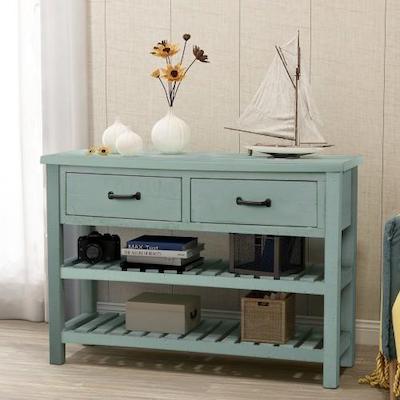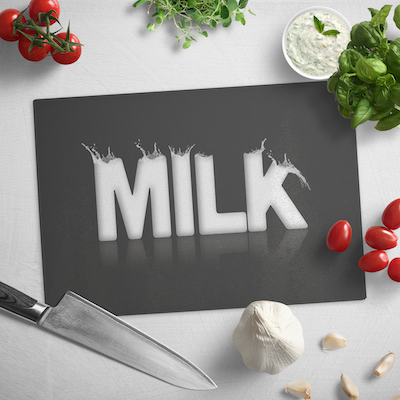From Concept to Creation: The Board Game Design Process Explained
The world of board games is filled with creativity, strategy, and endless fun. But have you ever wondered how these engaging games come to life? The board game design process is a complex and fascinating journey, blending art, math, psychology, and playtesting to create memorable experiences. This article delves into the various stages of board game design, providing insights into what it takes to bring a board game from concept to reality.
Idea Generation and Conceptualization
Every great board game starts with an idea. This initial concept can stem from a variety of sources: a unique theme, a novel mechanic, or even a desire to improve upon existing games. Designers often brainstorm, sketch out rough ideas, and create initial prototypes to test the core concept. During this phase, the focus is on capturing the essence of the game and identifying what makes it unique and compelling.
Prototyping and Playtesting
Once the initial concept is solidified, the next step is creating a prototype. This doesn't have to be visually stunning; it simply needs to be functional. Designers use readily available materials like cardboard, dice, and tokens to bring their ideas to life. Playtesting is crucial at this stage. Designers gather feedback from players, observe how they interact with the game, and make necessary adjustments. This iterative process helps refine the mechanics, balance gameplay, and identify potential issues.
Balancing Game Mechanics
Balancing game mechanics is critical to ensuring a fair and enjoyable experience. This involves tweaking various elements, such as resource allocation, movement rules, and scoring systems, to prevent any single strategy from becoming overly dominant. Designers use playtesting data to identify imbalances and make necessary adjustments. Mathematical modeling and simulations can also be employed to predict outcomes and fine-tune gameplay.
Art and Graphic Design
While gameplay is paramount, the visual appeal of a board game significantly impacts its overall success. Engaging artwork, clear iconography, and intuitive graphic design enhance the player experience and make the game more accessible. Designers collaborate with artists and graphic designers to create a cohesive visual identity that complements the game's theme and mechanics. Attention to detail, from the board layout to the card design, can elevate a good game to a great one.
Rulebook Writing and Clarity
A well-written rulebook is essential for conveying the game's rules and objectives clearly. The rulebook should be organized logically, using concise language and illustrative examples. It should anticipate common questions and address potential ambiguities. Playtesters can provide valuable feedback on the clarity and completeness of the rulebook, helping designers refine it until it is easily understandable.
Final Production and Manufacturing
Once the design is finalized, the game moves into production. This involves creating high-quality components, printing the rulebook, and packaging the game. Designers work closely with manufacturers to ensure that the final product meets their specifications and quality standards. Careful attention is given to material selection, printing techniques, and packaging design to create a durable and visually appealing product.
Marketing and Distribution
The final step is bringing the game to market. This involves creating a marketing strategy to generate buzz and attract potential customers. Designers may attend conventions, create promotional videos, and engage with influencers to promote their game. Distribution channels can include online retailers, board game stores, and crowdfunding platforms. Effective marketing and distribution are crucial for reaching a wide audience and ensuring the game's success.
Conclusion
The board game design process is a multifaceted and rewarding endeavor. It requires a blend of creativity, analytical thinking, and collaboration. From initial concept to final production, each stage is crucial for creating a successful and enjoyable game. Whether you're an aspiring designer or simply a board game enthusiast, understanding the design process can deepen your appreciation for the art and science of board game creation.













